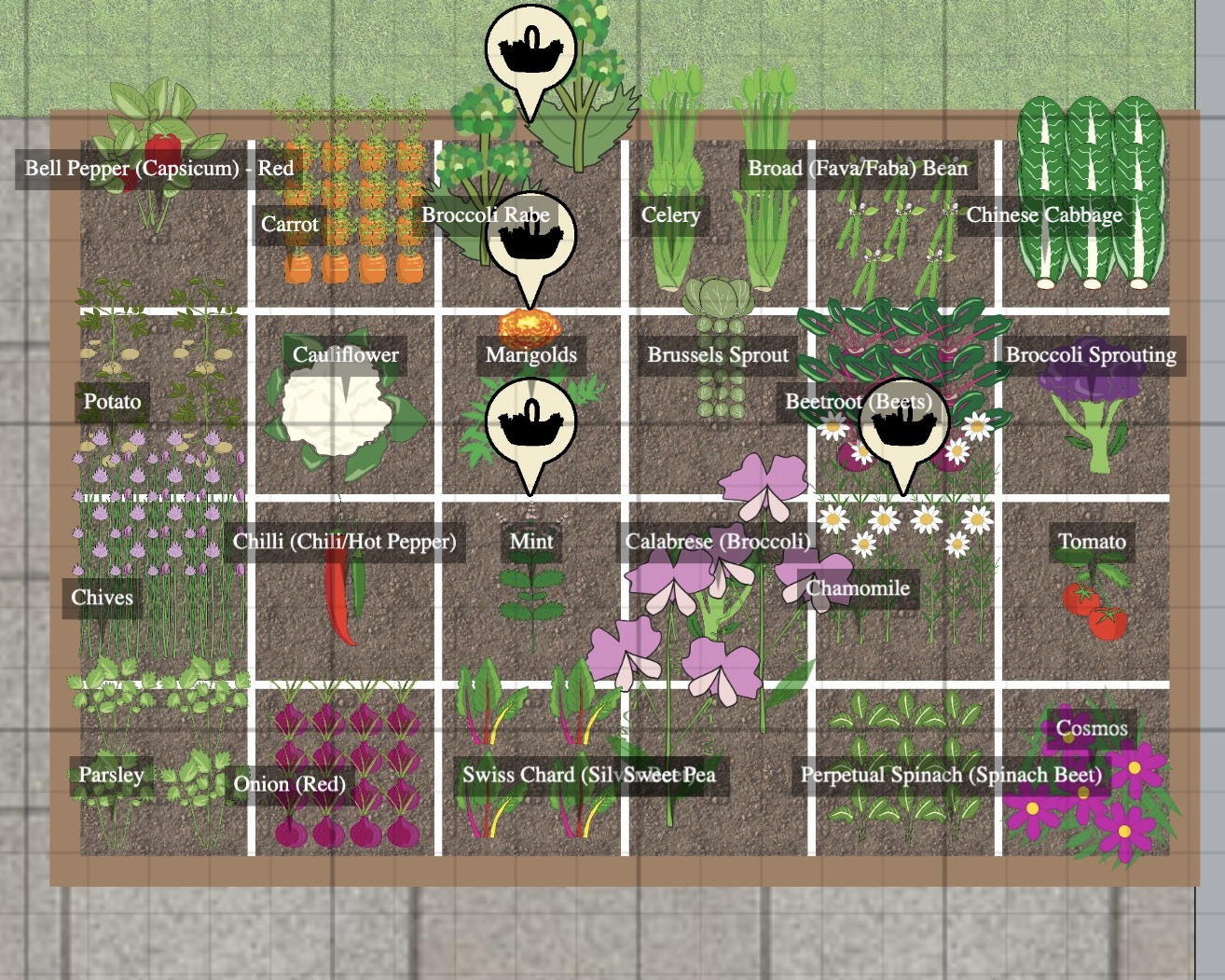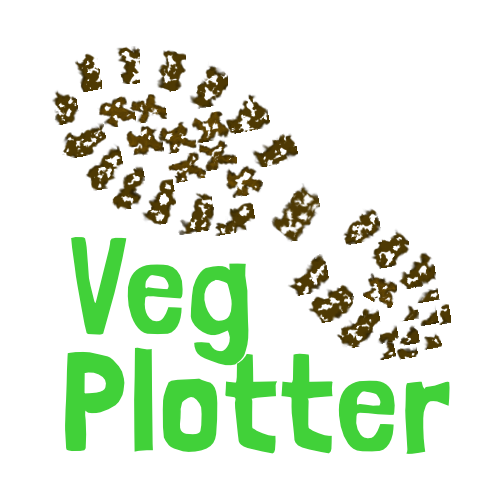The Trick To Square Foot Gardening

Imagine your perfect garden. Is it a sprawling landscape bursting with vegetables, or a neat, manageable plot that still delivers a bountiful harvest? For many, the latter is the dream, especially with limited space. This is where the magic of Square Foot Gardening (SFG) comes in. It's a revolutionary method that allows you to grow more in less space, with less effort, and less water. And while the concept might seem simple, the secret to its success lies in careful planning – a process made even easier with VegPlotter.com.
The core principle of Square Foot Gardening is to divide your garden beds into 1-foot by 1-foot squares. Instead of traditional rows, you plant a specific number of plants in each square, maximizing every inch of available space. But it's more than just drawing lines on the soil. The "secret" is in understanding the optimal plant density for each square, companion planting, and efficient crop rotation – all of which require a bit of upfront planning.
The Foundation: Your Raised Bed
SFG thrives in raised beds. Why? Because you fill them with a special soil mix (often referred to as a "component blend") that's light, airy, and nutrient-rich, promoting exceptional plant growth. This also means no more compacting the soil by walking on it, as all your work is done from the edges of the bed. The ideal size for a raised bed is usually 4 feet by 4 feet, allowing you to easily reach the center from any side.
Unlocking the "Secret" Through Planning:
-
Grid Layout is Key: Once your raised bed is in place, physically dividing it into 1-foot squares is crucial. This visual guide dictates where each plant will go. Without this clear division, you risk overplanting or underutilizing space.
-
Planting Density: The Golden Rule: This is where the "secret sauce" of SFG really comes alive. Unlike traditional gardening where you might plant a single tomato every 2-3 feet, SFG assigns a specific number of plants per square based on their mature size. For example:
- 1 plant per square: Tomatoes, peppers, cabbage, broccoli.
- 4 plants per square: Lettuce, spinach, bush beans.
- 9 plants per square: Beets, onions.
- 16 plants per square: Carrots, radishes.
Understanding these densities is paramount to preventing overcrowding and ensuring each plant gets adequate sunlight and nutrients. This isn't guesswork; it's a calculated approach that maximizes yield.
-
Vertical Growth: Going Up, Not Out: Another "secret" to maximizing space in SFG is vertical gardening. Trellises, cages, and stakes allow vining plants like cucumbers, pole beans, peas, and even some squash varieties to grow upwards, freeing up valuable ground space for other crops. Planning for these vertical supports from the outset is essential.
-
Succession Planting: Continuous Harvest: Don't plant everything at once! The secret to a continuous harvest is succession planting. As soon as one crop is harvested from a square, replant it with something new. This requires a planting schedule, which can be easily mapped out during your planning phase.
-
Companion Planting: Nature's Best Friends: Certain plants benefit from being planted near each other, deterring pests or enhancing growth. For example, marigolds can deter nematodes, and basil can improve the flavor of tomatoes. Incorporating companion planting into your square foot plan can naturally boost your garden's health.

Leveraging Technology: VegPlotter.com to the Rescue
While you could sketch out your square foot garden on graph paper, online tools like VegPlotter.com elevate the planning process to a whole new level. VegPlotter.com allows you to:
- Visually design your raised beds: Drag and drop bed shapes and sizes to perfectly represent your garden space.
- Add and arrange plants within squares: The intuitive interface lets you select different vegetable types and then intelligently places them within your defined squares, often suggesting optimal spacing.
- Plan crop rotations: VegPlotter.com can help you visualize and manage your crop rotation, ensuring you don't deplete your soil of specific nutrients and reducing pest build-up.
- Track planting and harvest dates: Keep a digital log of when you planted what, and when you expect to harvest, facilitating efficient succession planting.
- Access a vast plant library: Get information on spacing, sunlight requirements, and growing tips for a wide variety of vegetables.
By using a tool like VegPlotter.com, you transform the "secret" of square foot garden planning from a complex calculation into an enjoyable, visual design process. It takes the guesswork out of plant placement and helps you optimize every single square, ensuring your small plot delivers a big harvest. So, embrace the grid, plan smart, and prepare to be amazed by the bounty your square foot garden can produce!


